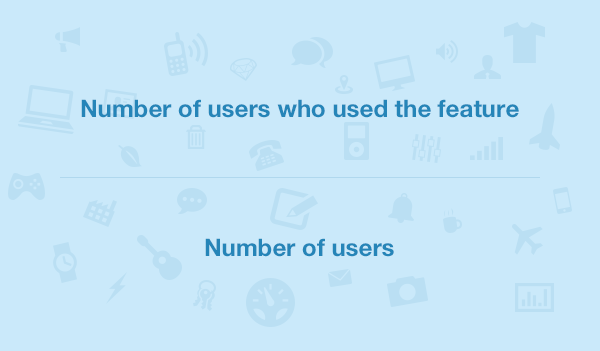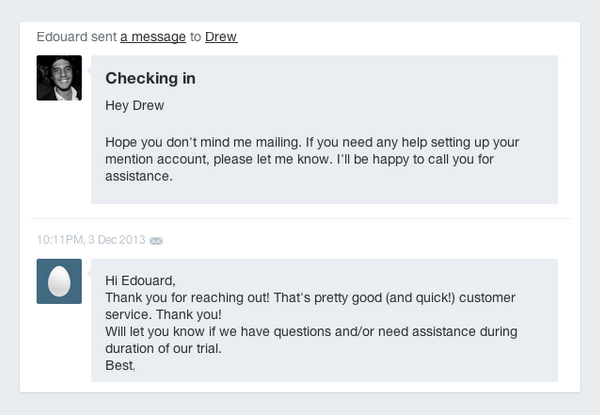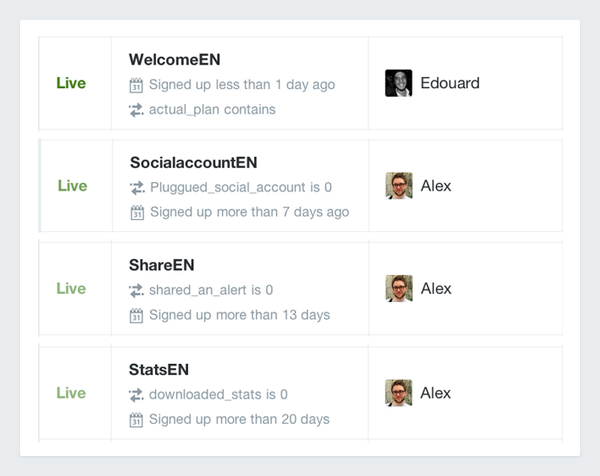How Mention Increased Activation Rate by 50%
- Fahad H

- Dec 19, 2013
- 5 min read
Much has already been said about the importance of getting users, and about converting and retaining them. However, most of the time, there’s an important piece that goes missing: choosing and measuring an activation metric.
What follows is a guest post from Clement Delangue, head of marketing at Mention.
It’s the piece that’s probably the one reason why every startup founder actually started their business in the first place: how to make people really use your product. Not just sign in. Not just try it once, or open a mail, or invite a friend or follow any news you share, but actually do what your product was built for.
Of course, this has a lot to do with your product itself, which could be the subject of an entire article on its own. However, a lot can also be done without changing your product if you craft and broadcast better messages to your users, letting them know the core value of what you’ve built. This is what we’ve done at mention, leading to a stunning increase of 50% in our activation rate over the past two months. Below are some of the lessons we’ve learned along the way.
Why activation rate matters
As always, everything starts by picking the most relevant metrics to track. The activation rate of our key converting features was the metric that we chose to assess and improve on at mention. Mention alerts you every time someone mentions your company anywhere. So we identified the four key features that were important to focus on in order to improve their activation rate. These were:
What is activation rate?
We define activation rate as the percentage of overall users who use a particular feature. This simple metric can be broken down or segmented in a variety of ways, but we like to keep it pretty simple:

Of course, there could always have been better metrics to be chosen. In particular, cohort analysis would have made sense for this kind of analysis. However, we decided to keep it as simple as possible, giving us the opportunity to switch later to more complex metrics.
4 steps to increase activation rates by 50%
After deciding our metrics, these are the four steps that we followed.
1. Let new sign-ups know you’re there for them

This simple check-in message resulted in a average of 12% increase in activation rates for our key features.
2. Let people know a feature is there
Most of the time, we oversimplify “activation” by taking into account only the first simple action that a user can take. But that’s never the end of the story. And with several activation features comes a new difficulty: how to let people discover them at the right time and at the right place in an overall experience of your app. To do this we chose Intercom because it enables us to both send messages in the right context – i.e. in-app – and at exactly the right time thanks to condition triggers.
So we created a flow of in-app messages displayed to our users depending upon their taking a particular action or not based on the four key features we defined earlier…

We associated these messages with “Goals” to get to know as quickly as possible if people were actually learning and activating these features after the messages.
The implementation of these four messages (also implemented in French, German, and Spanish) during our 30-day free trial increased the average activation rate of our key features by a total of 9%.
3. Let people know why they should use it
Even if we were already making a lot of progress with these first two steps, the answers that we saw from our users in response to our short messages made us realize that it wasn’t enough to just let people know what features we have. We needed to show them *why* they should use each feature – this would take our activation to the next level. So we started to change our messages very slightly to focus them not only on the What but also on the Why.
And to top it all off, we started to publish short pages with our success stories per client type to really showcase why they were using our features.
This resulted on average in a 15% increase in the activation rates for our key features.
4. Teach people how to use it
It won’t really matter if your users understand WHY to use a feature if they don’t actually know HOW to use it in the first place. So the final touch to our operation was to improve how we began explaining features from the very beginning, especially for the less tech-savvy parts of our user base, all in the most human, yet scalable way. And for us it started with kick-ass support, distributed over our entire team, allowing us to answer questions as fast as we could, no matter where they were coming from. Of course, in addition to Intercom and a regular Support mailbox, we use mention to assign tasks to each other and to react to our mentions on Twitter, Facebook and on the entire web.
After collecting the most common questions about using the app, we began organizing regular webinars – a great intermediary solution between one-to-one demos and mass communications. For our first one a few weeks ago, almost 400 people attended live, leading to a huge peak in both the activity of our mentions and in the activation of our core features. Here’s a sample of our webinar:
These combined steps to improve our support, as well as a new regular webinar series have increased our average activation rate by an additional 7%. This is particularly important to us, as we saw that people activating or re-activating after the webinar also had a much higher conversion rate than regular users.
Activation is no easy job.
What worked for us may not work for you, and many failures are to be expected before finding the improvements that work in your case. What we’ve discovered, however, is that by applying simple methods and efficient tools, as well as clear metrics, you can improve your activation rate step by step, without changing anything about your product itself.
Often, it’s not your product that needs changing, but how you introduce your product, that makes the difference – first impressions really do matter. And the beauty of activation improvement is that it almost automatically leads to an improvement in your conversion and churn ratio, bringing you closer to a profitable and scalable business, and one that’s better for your users too.








Comments